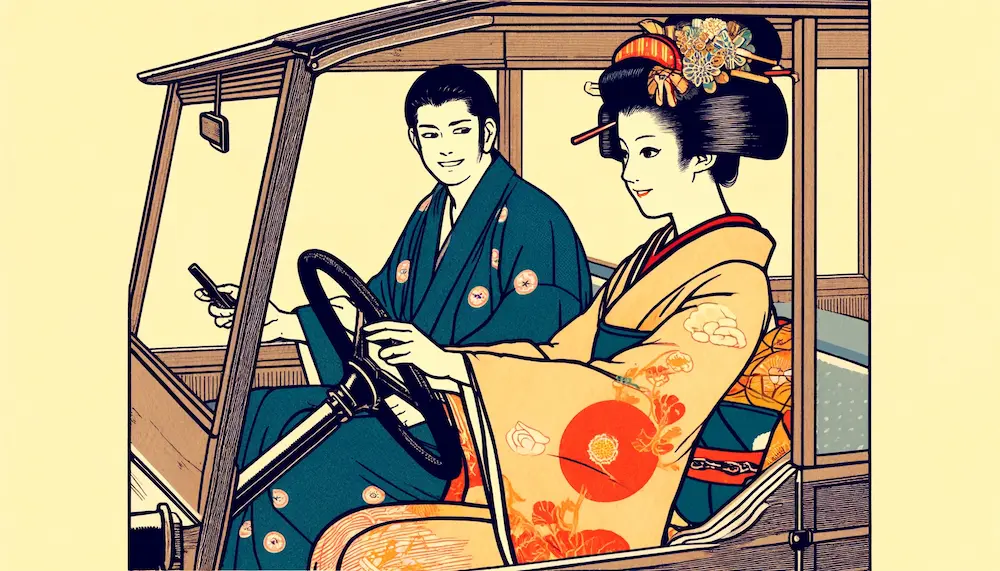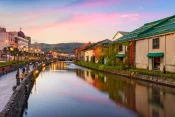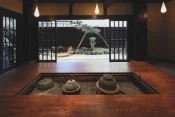Navigating Hokkaido Safely: A Comprehensive Guide to Transportation Safety
Hokkaido, Japan’s northern frontier, is a vast and beautiful land with a unique transportation landscape. From bustling cities to remote wilderness areas, getting around Hokkaido can be an adventure in itself. But whether you’re cruising down the highway, hopping on a train, or pedaling through scenic countryside, safety should always be your top priority. So, buckle up and get ready for a smooth ride as we guide you through the ins and outs of transportation safety in Hokkaido!
Driving in Hokkaido: Rules of the Road and Winter Challenges
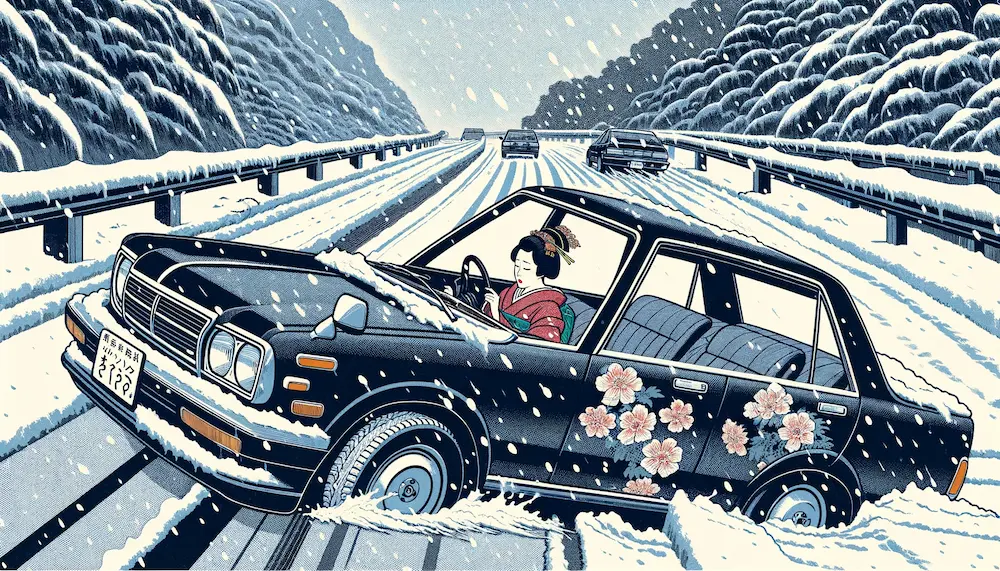
If you’re planning to drive in Hokkaido, familiarize yourself with Japan’s traffic rules. Remember, they drive on the left here! Speed limits are generally lower than in many other countries, so keep an eye on the signs. Traffic signals and road markings are similar to those in other countries, but some signs may be in Japanese, so brush up on your kanji or use a translation app.
Winter driving in Hokkaido is a whole different ballgame. Snow and ice can make roads treacherous, so make sure your vehicle is equipped with snow tires or chains. Watch out for black ice, which is nearly invisible but extremely slippery. And be prepared for sudden blizzards that can reduce visibility to zero.
Another challenge is wildlife crossings. Hokkaido is home to various animals, including deer and foxes, which may dart out onto the road unexpectedly. Drive cautiously, especially at dawn and dusk when animals are most active.
If you’re a foreign visitor, make sure you have a valid International Driving Permit (IDP) and adequate insurance. It’s also a good idea to rent a car from a reputable company that can provide assistance in case of an emergency.
Public Transportation in Hokkaido: Trains, Buses, and Trams

Hokkaido boasts an extensive network of public transportation, including trains, buses, and trams. These options are not only convenient and affordable but also a great way to reduce your carbon footprint.
The Japan Rail (JR) network is the backbone of Hokkaido’s train system, connecting major cities and towns across the island. You can purchase tickets at stations or online, and most trains offer both reserved and non-reserved seating.
Buses are another popular option, especially for reaching smaller towns and rural areas not served by trains. Local bus companies operate frequent services, and you can usually purchase tickets on board.
In Sapporo, the capital of Hokkaido, you can also hop on a tram to explore the city center. Trams are a fun and nostalgic way to get around, and they offer a unique perspective of the city.
Cycling in Hokkaido: Scenic Routes and Safety Tips
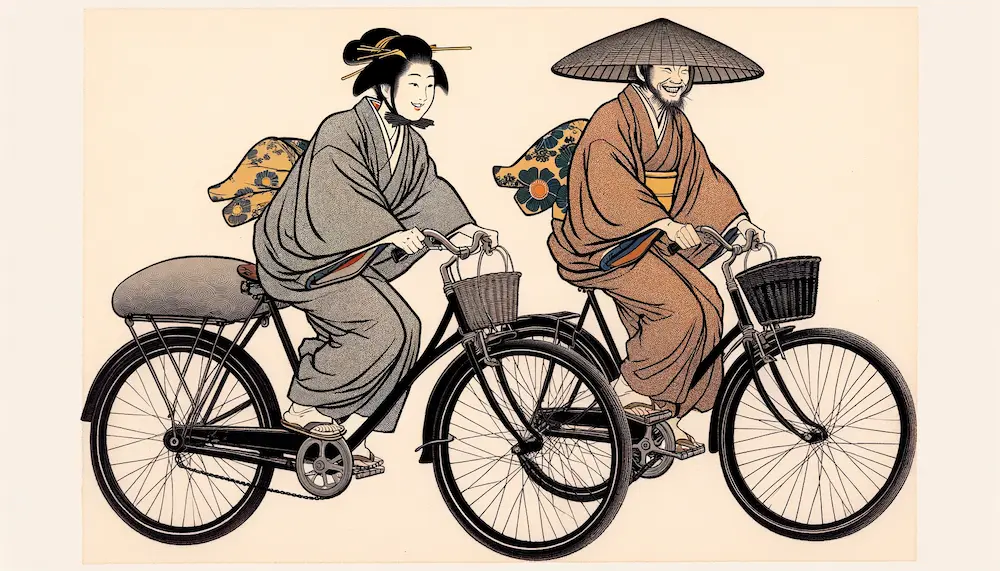
Cycling is a fantastic way to experience Hokkaido’s natural beauty at your own pace. There are numerous cycling routes throughout the island, ranging from easy paths along the coast to challenging mountain trails.
Before you hit the road, make sure you understand the rules for cyclists in Japan. Always use designated bike lanes when available, and wear a helmet for safety. Be aware of traffic and use hand signals to indicate your intentions. If you’re cycling at night, make sure your bike has lights and reflectors.
If you don’t have your own bike, there are plenty of rental shops throughout Hokkaido. Choose a reputable shop that provides well-maintained bikes and offers safety gear like helmets and lights.
Walking and Hiking in Hokkaido: Watch Your Step

Walking is a great way to explore Hokkaido’s cities and towns, but be sure to pay attention to traffic, especially in busy areas. Always use crosswalks and obey traffic signals. If you’re walking at night, wear bright or reflective clothing to make yourself visible to drivers.
Hokkaido’s mountains are a hiker’s paradise, but they can also be dangerous. Before heading out, plan your route carefully, check the weather forecast, and let someone know your itinerary.
My experience:walking and hiking in Hokkaido in Winter
In winter, walking on snow and ice can be extremely slippery and dangerous, even in urban areas. I remember once trying to hike up to Noboribetsu’s Jigokudani in regular sneakers during winter. It was a nightmare! I slipped and slid all over the place, and it was honestly quite dangerous.
So, if you’re visiting Hokkaido during the snowy season, I highly recommend wearing shoes or boots with good traction to prevent slips and falls.
Always carry a map, compass, or GPS device, and be prepared for sudden changes in weather. If you encounter wildlife, keep your distance and do not approach or feed them.
Conclusion
By following these safety tips and being aware of your surroundings, you can ensure a safe and enjoyable transportation experience in Hokkaido. Remember, a little preparation goes a long way in ensuring a smooth and stress-free journey. So, pack your bags, grab your map, and get ready to explore the wonders of Hokkaido!
